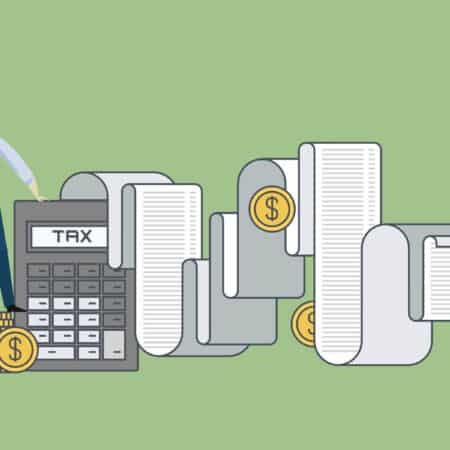
Pakistan Institute of Development Economics
- Home
Our Portals
MenuMenuMenuMenuMenuMenuMenu - ResearchMenuMenuMenuMenuMenuMenuMenu
- Discourse
- The PDR
- Our Researchers
- Academics
- Degree Verification
- Thesis Portal
- Our Portals

Tax Gap, Compliance Cost and Optimal Taxation
The government announced Finance Bill 2021-22 as a growth budget, where it keeps its focus on enhancing output and productivity. Ideally, the required revenue needs to be raised without distorting compliance incentives for existing tax payers. In the same spirit, this budget targets extending the tax-base rather than the tax rate; which is a welcome initiative.
The finance minister has made his focus clear by quoting international experience in his post-budget press conference. Countries have achieved greater equity (via direct taxation) only when growth and output has translated into greater income. Therefore, in the initial phase of development, countries need to focus on indirect taxation to raise revenues by capturing the initial growth in output. Thus, for the moment, the government is clearly focusing their energies on collecting indirect taxes like VAT/GST, petroleum levy and excise duties.
Against this backdrop, recent research out of PIDE is of great relevance. Dr Naseem Faraz and her co-authors have run some estimations of the VAT Gap in Pakistan. Using the top-down approach they have estimated this gap between the potential and actual VAT at about 3% of GDP. Elaborating on the size and structure of the tax gap allows us to tackle potential revenue gaps. The strength of the analysis is that it estimates the VAT gap in a general equilibrium environment while considering the exemptions. The paper states:
“with exemption and zero-rating, the non-compliance is 31% of actual tax collection by FBR. Including tax expenditures (VAT policy gap) under the current tax policy regime, the potential VAT gap is about 51% of actual tax collection which is roughly 3% of GDP.”
Naseem Faraz, Mahmood Khalid and Muhammad Nasir (2021) “Measuring VAT Gap in Pakistan: A Top-Down Analysis”, PIDE Working Paper (forthcoming), PIDE, Islamabad
The gap reflects the significance of the required corrections and at the very least allows us to know the cost of subsidy to different sectors. Dr. Faraz and her co-authors have also extended their analysis by calculating disaggregated tax gap estimates for key sectors of the economy.
As obvious, optimal taxation is what can save us from deficits and debt trap without distorting output. However, along with focusing on collection, we should also be vigilant regarding incidence. The continued debate between direct and indirect taxation is very important in this regard. This research must now be taken further by looking into the rationale for exemptions and incidence. We must keep in mind why the government offers certain exemptions or why a sector needs them.
Download full PDF


